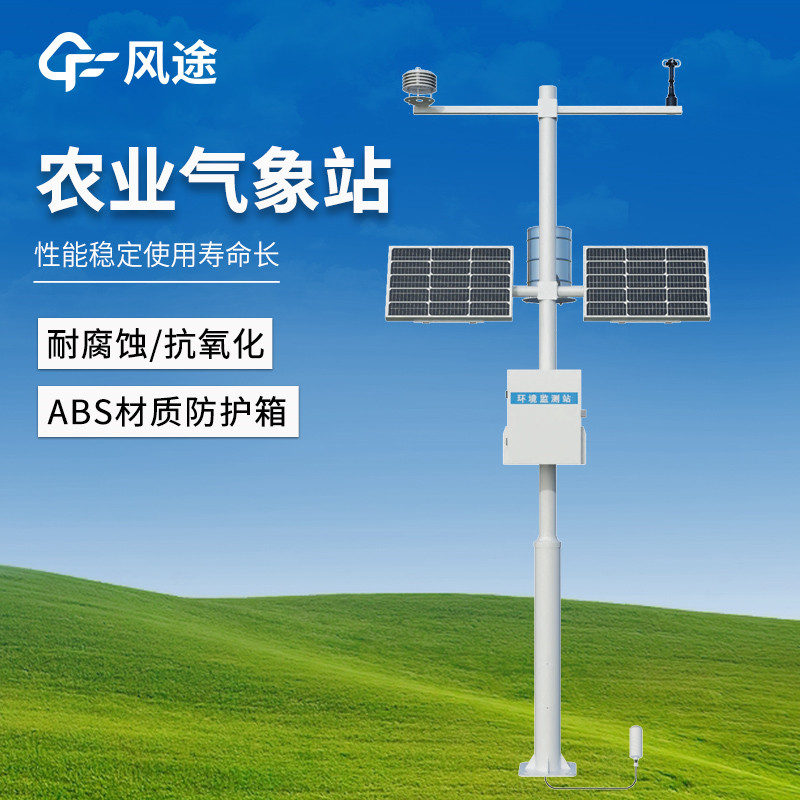In the construction of high-standard farmland, agrometeorological stations serve as the "meteorological code." Composed of multiple precision instruments, including temperature and humidity sensors, anemometers (for wind speed and direction), rainfall sensors, and solar radiation meters, these stations have clear divisions of labor. They continuously collect real-time meteorological data in farmland areas, such as air temperature, humidity, wind speed, wind direction, precipitation, and light intensity, and transmit this data to a data center via wireless transmission technology.
The data collected by agrometeorological stations provides precise meteorological support for agricultural production. By monitoring temperature and humidity, farmers can determine whether crop growth occurs in optimal thermal and moisture conditions, avoiding high-temperature heat damage, low-temperature freezing damage, and diseases caused by excessive humidity. Wind speed and direction data provide early warnings for preventing wind disasters and assist in analyzing farmland ventilation conditions to optimize crop planting layouts. Data from rainfall sensors and solar radiation meters help rationalize irrigation and fertilization schedules, avoiding water waste while evaluating crop photosynthesis efficiency and estimating yields based on light conditions.
In practical applications, agrometeorological stations have demonstrated significant value. For example, in rice-growing areas, these stations can monitor the microclimate of paddy fields in real time. When low-temperature cold waves are predicted, farmers can promptly adopt heat-preservation measures such as deep watering. During droughts, water-saving irrigation can be precisely implemented based on soil moisture and precipitation data. With the development of agricultural intelligence, agrometeorological stations can also be linked with smart agricultural machinery and IoT devices to enable automated operations such as irrigation, fertilization, and ventilation, driving the transformation of high-standard farmland toward smart agriculture.

Article address:https://www.sqqx.net/en/news/661.html

 +86 15898932201
+86 15898932201



